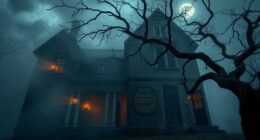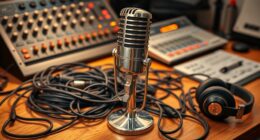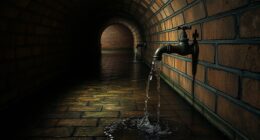Ghost-hunting tools, like EMF meters and spirit boxes, aim to detect paranormal activity through scientific principles. However, their effectiveness often raises questions. For instance, EMF meters may be influenced by everyday electronics, while spirit boxes can pick up random radio signals. This leads to challenges in accurately interpreting results. If you want to uncover the intricacies of these devices and their limitations, there’s much more to explore on this topic.
Key Takeaways
- Common ghost-hunting tools, like EMF meters and spirit boxes, often produce unreliable results influenced by everyday electronics and random signals.
- The scientific scrutiny of ghost-hunting equipment reveals a lack of substantial evidence supporting the existence of ghosts.
- Environmental monitoring tools, such as Kestrel meters, provide accurate data essential for understanding conditions during investigations.
- Many amateur ghost hunters misinterpret anomalies due to the absence of rigorous standards in evidence collection.
- Structured studies and credible verification methods are crucial for enhancing the reliability of paranormal investigations.
Common Ghost-Hunting Tools and Their Functions

Ghost hunting relies on a variety of tools designed to detect and capture evidence of paranormal activity. EMF meters are popular among ghost hunters, detecting electromagnetic fields that some believe indicate a ghostly presence, although everyday electronic devices can trigger them too.
Advanced versions like REM pods provide alerts when their field is disturbed. Spirit boxes scan radio frequencies, potentially capturing messages from spirits, but they can also pick up regular signals.
Kestrel meters monitor environmental conditions, tracking temperature fluctuations that might correlate with ghost activity. Digital audio recorders are essential for capturing electronic voice phenomena (EVPs), while night vision goggles enhance visibility in dark settings.
Each tool offers unique functions, making your ghost-hunting experience more engaging and intriguing.
Effectiveness of Ghost-Hunting Equipment: A Scientific Perspective
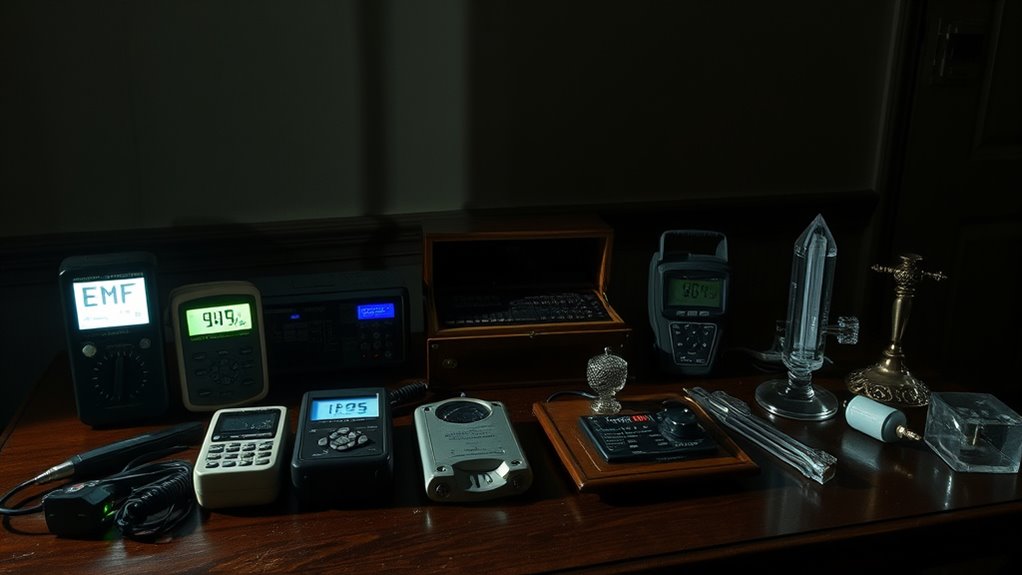
While many enthusiasts believe in the power of ghost-hunting equipment, scientific scrutiny reveals a different story regarding its effectiveness. Tools like EMF meters and spirit boxes often yield unreliable results. EMF meters can be influenced by common appliances, complicating the identification of true paranormal phenomena. Similarly, spirit boxes, which scan radio frequencies, tend to pick up random signals, leading to misinterpretation.
| Equipment | Effectiveness |
|---|---|
| EMF Meter | Easily influenced by electronics |
| Spirit Box | Prone to pareidolia |
| REM Pod | Reacts to physical objects |
Without substantial evidence supporting ghost sightings, scientific methods suggest that the existence of ghosts remains speculative, leaving ghost hunters with little reliable data in haunted houses.
Challenges and Limitations in Ghost Detection Methods
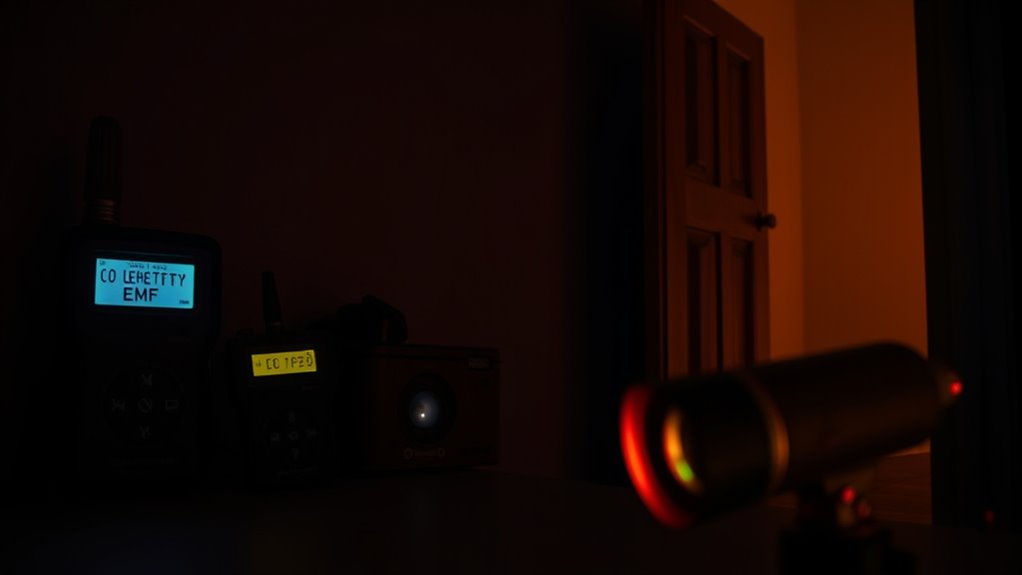
Though many enthusiasts find thrill in ghost detection, significant challenges and limitations plague the methods they use.
Ghost hunters often rely on devices like EMF detectors and spirit boxes, but these tools frequently yield unreliable results. EMF detectors can be triggered by everyday appliances, making it tough to pinpoint genuine paranormal activity.
Similarly, spirit boxes often capture non-mysterious radio signals, questioning their validity in investigating paranormal phenomena. Amateur ghost hunters may misinterpret anomalies due to a lack of rigorous standards for evidence collection, further complicating the situation.
Ultimately, without definitive scientific proof, these challenges and limitations cast doubt on the effectiveness of ghost detection methods, leaving many unanswered questions about the true nature of the supernatural.
Field Testing: Ghost-Hunting Devices in Action

As you venture into the domain of ghost hunting, understanding how devices perform in real-world settings becomes essential.
Field testing of ghost-hunting devices like EMF meters and REM pods often reveals surprising results. At reputed haunted houses, you might find that fluctuations in EMF readings can stem from nearby electronics rather than ghostly activity.
REM pods may react to physical objects instead of paranormal disturbances, as seen when smartphone signals triggered false alarms. Additionally, spirit boxes can produce random signals, leading to misinterpretations due to pareidolia.
Recommendations for Serious Paranormal Investigators
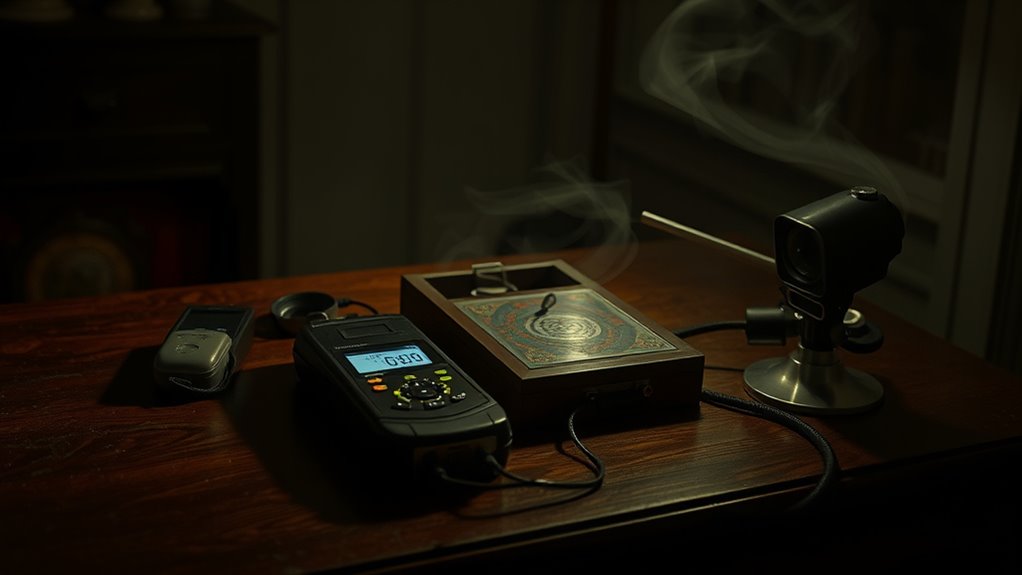
For serious paranormal investigators, relying solely on popular devices like EMF meters and spirit boxes can lead to misleading conclusions. Instead, consider integrating Kestrel meters into your toolkit for a more scientific approach. They track environmental factors that can enhance your evidence interpretation. Christine Simmonds-Moore emphasizes the importance of structured studies and rigorous methodologies in paranormal investigations. Prioritize critical thinking and ethical investigation to guarantee your findings are credible.
| Tool | Purpose | Recommendation |
|---|---|---|
| Kestrel meters | Track environmental data | Essential for accuracy |
| EMF meters | Measure electromagnetic fields | Use cautiously |
| Spirit boxes | Communicate with spirits | Verify with other evidence |
Reading materials like *Ghosted!* can provide further scientific insights.
Frequently Asked Questions
Is There Any Scientific Evidence of Paranormal Activity?
You’ll find that there’s no solid scientific evidence proving paranormal activity exists.
While many people report strange experiences, these often lack rigorous validation. Most ghost hunting tools yield results that can easily be explained by natural phenomena, like electrical interference.
Anecdotal accounts frequently stem from misinterpretations or biases.
How Does an EMF Detector Work for Ghost Hunting?
An EMF detector works by measuring electromagnetic fields in your environment.
When you turn it on, it scans for fluctuations in these fields, which some believe could indicate paranormal activity.
You might notice spikes in readings when you’re near electronic devices or wiring, but these can also be caused by everyday appliances.
It’s essential to contemplate these factors, as the results can be misleading and don’t always confirm genuine ghostly presence.
What Is the Science Behind the SLS Camera?
The SLS camera’s technology might sound like it belongs in a sci-fi movie, yet it’s rooted in real-world applications.
You see, it uses infrared projectors to create a 3D map of your surroundings, detecting depth and shape.
While it can capture what looks like human figures, critics warn it might misinterpret objects as spirits.
Conclusion
In the world of ghost hunting, your tools are like a compass guiding you through the fog of the unknown. While they can spark excitement and intrigue, remember that their effectiveness often hinges on scientific scrutiny and personal experience. Embrace the challenges, learn from field tests, and refine your approach. Whether you’re a novice or a seasoned investigator, stay curious and open-minded, for each exploration can lead you closer to the truth behind the paranormal veil.






